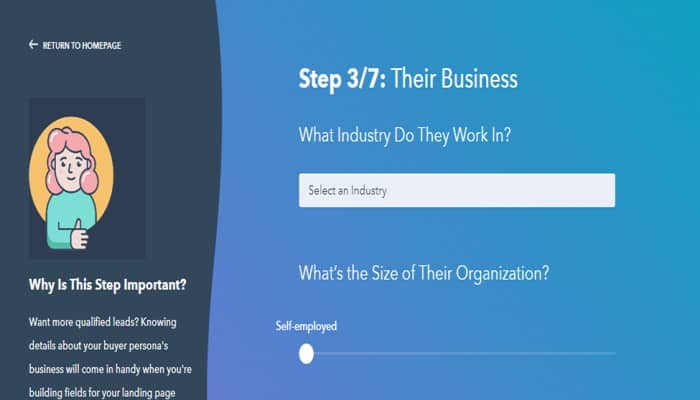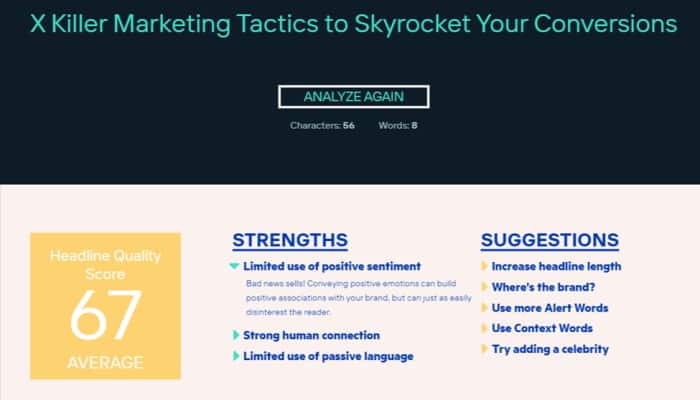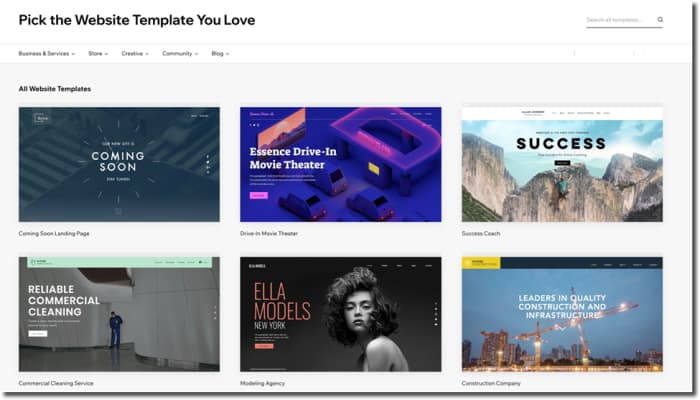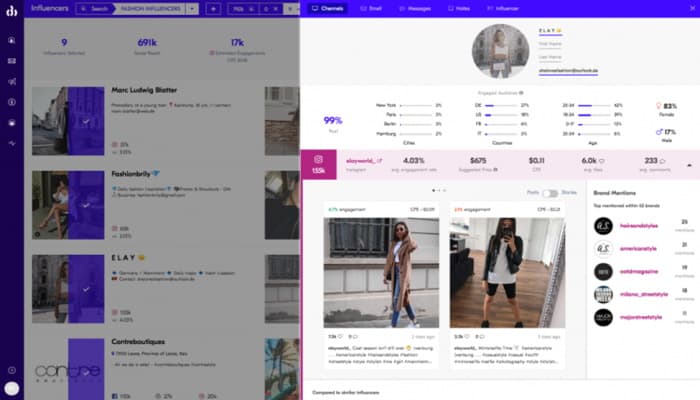Running a successful ecommerce business isn’t easy.
You need to implement tried and tested marketing methods, use the right tools, and put in hard work and determination to develop a successful ecommerce business.
While achieving success takes time, energy, and resources, there are ways to help you optimize your efforts and gain the best results.
In this post, we’ll cover five tried and tested tips to help you set up your ecommerce business for success.
1. Create buyer personas

It’s not enough to have top-of-the-line products or services. You’ll need to know who your target market is to help tailor your marketing materials and efforts and convince potential customers of your products’ and services’ values.
After all, it wouldn’t be practical, and you’d be wasting tons of resources if you, let’s say, sell baby diapers to males ages 18-35 or kid’s toys to seniors.
You need to target the right audiences for your products to get the best results, increase your chances of converting potential customers, and making sales.
One of the best approaches to help you achieve this is to create buyer personas.
A buyer persona is an ideal buyer’s profile based on research. It can give you a good idea about your general target market’s demographics, interests, preferences, etc.
Use HubSpot’s Make My Persona tool to create a buyer persona (or personas) based on your ideal customers.
Besides their demographics, you can set your buyer persona’s job, social media channel they are active on, preferred communication channels, and others.
Creating a buyer persona means you won’t have to market blindly to just any audience.
You’ll have a specific target market, helping you tailor your marketing materials and optimize your efforts, giving your ecommerce business higher chances for success.
2. Publish quality content
Most potential customers want to ensure they can trust you first before they buy from you. They also want to know whether your products and services offer the kind of value they’re looking for.
To accommodate this, publish relevant, high-quality content that addresses your prospects’ pain points, problems, and questions.
Doing so shows your potential customers the value and the benefits they can get with your products and services. This, in turn, can help build trust with your brand and encourage them to buy.
Below are some tips to help you create quality content:
- Learn what your target audience wants to know and is searching for online. Use Google Trends to find out about keyword insights and audience interest over time, and create your content around those.
- Use a headline analyzer to make compelling and attention-grabbing headlines for your blog posts and articles (among others). This can help you draw in website traffic and increase your conversion opportunities.

- Utilize dependable content marketing software to streamline planning, organizing, creating, and publishing your marketing content.
This helps ensure you always have content ready to publish, and you don’t miss out on opportunities to engage and connect with your potential customers.
3. Opt for a reliable ecommerce website builder
Running an online business involves many moving parts, and one of the most critical aspects is your ecommerce website.
Ensure you establish your online store seamlessly, from creation to deployment, by using one of the easiest ecommerce platforms.
For instance, Wix lets you build your ecommerce website easily with customizable templates. This way, you won’t have to create one from scratch, even if you don’t have extensive coding or web development experience and skills.

The platform also offers the essential features and tools to help you run your ecommerce business seamlessly, including payment processing, marketing, content publishing, and more.
You can also integrate other apps and tools to expand your ecommerce website’s functionality. This allows you to run your site the way you want to get the best results, sell more, and grow your business ultimately.
4. Build strategic relationships

No matter how well you run your ecommerce business, you can’t always do it alone. You’ll need the help of others, including influencers, other company owners, and businesses within your industry.
Establish strategic relationships with others to grow your network and even help promote your business (subtly).
Here are a few tips to help you do just that.
- Work with influencers. Influencer marketing is a great way to widen your brand’s reach and engage more social media followers. Find influencers in your niche or those with experience in your industry.
Use tools such as Upfluence to look for potential influencers to work with easily.
You can search for influencers on the platform and assess whether they’re the best fit for you based on their profile, number of followers, engagement rates, comments, likes, and other stats and details.
- Join online communities. Virtual communities are great spaces to meet like-minded business leaders and other experts working in your niche or industry. It’s where you can build and nurture relationships for potential partnerships in the future.
You can also tap into your online communities to help spread the word about your summits or conferences (yes, they’re not the same) and get more participants to join.
- Run referral programs. Referral programs allow your existing customers or participants to promote your brand or store for you for a commission. It’s an excellent way to spread the word about your business to other people.
Referral programs help widen your brand’s visibility and reach while allowing you to establish good relationships with your customers and growing your sales.
5. Perform split tests
Your ecommerce website is where your potential and current customers interact with your brand, products, and services the most.
If your website elements and features lead to poor customer experience, shoppers are bound to leave, and you lose tons of sales and conversion opportunities.
This makes it crucial to ensure your website components and functionalities can improve the customer experience and support your marketing efforts.
An excellent way to assess whether your website elements can effectively convert visitors and deliver a good customer experience is to run split tests.
Split tests help you assess variations of your website components, such as your landing pages or CTA buttons, to determine which one your visitors respond best to and drive conversions and sales.
Increase your chances for success
While achieving ecommerce success takes more than following best practices, the tips in this guide combined with the right strategies and best-fitting tools can direct you to the path of success.
Kickstart your efforts with our tips and see which ones give you the best results.



